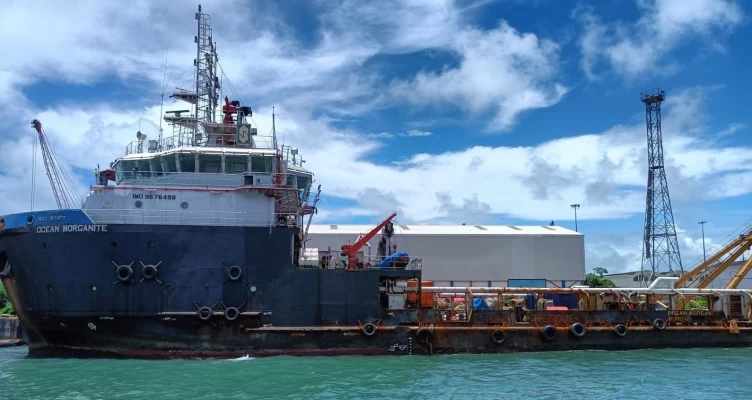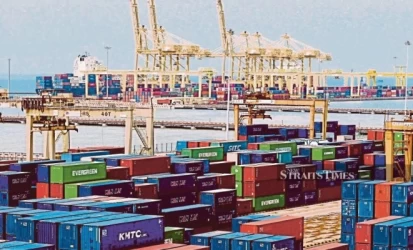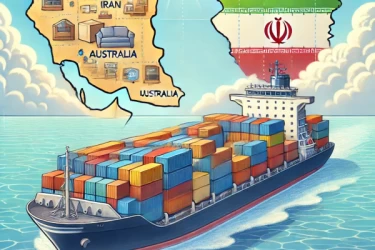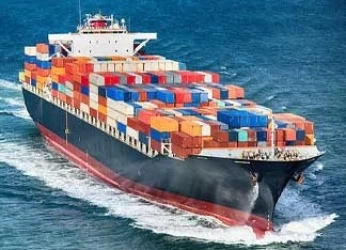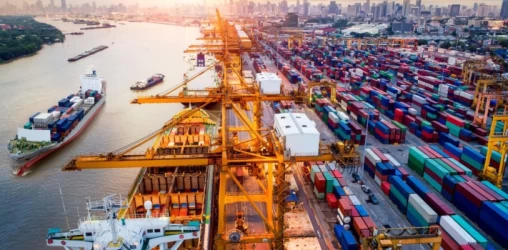Sea Freight in the Port of Paradip
The Port of Paradip, located on the eastern coast of India in the state of Odisha, has emerged as one of the most significant ports in the country. Its strategic location near the mineral-rich hinterland and its robust infrastructure have made it a hub for sea freight, handling a diverse range of cargo types. This article delves into the various aspects of sea freight operations at the Port of Paradip, highlighting its capabilities, recent achievements, and future prospects.
Historical Background
Established in 1966, the Port of Paradip has grown exponentially over the decades. Initially developed to handle iron ore exports, the port has diversified its cargo portfolio to include a wide array of commodities such as crude oil, petroleum products, coal, fertilizers, and containerized cargo. The port’s evolution has been marked by continuous infrastructure upgrades and the adoption of modern technologies to enhance operational efficiency.
Cargo Handling Capabilities
The Port of Paradip is equipped to handle a variety of cargo types, including:
- Bulk Cargo: Iron ore, thermal coal, coking coal, manganese ore, chrome ore, limestone, and gypsum.
- Liquid Cargo: Crude oil, petroleum products, and chemicals.
- Containerized Cargo: The port has dedicated container terminals to handle containerized goods, facilitating efficient loading and unloading operations.
- Project Cargo: Heavy machinery, equipment, and other oversized cargo are handled with specialized equipment and facilities.
In the financial year 2023-24, the port achieved a record cargo throughput of 145.38 million metric tons (MMT), surpassing the Deendayal Port in Gujarat to become the largest major port in India in terms of cargo volumes.
Infrastructure and Facilities
The Port of Paradip boasts state-of-the-art infrastructure, including:
- Berths and Terminals: The port has multiple berths and terminals designed to handle different types of cargo. The northern dock, for instance, is capable of handling 16-meter draught cape vessels, allowing for the simultaneous handling of Panamax and Cape vessels.
- Mechanized Coal Handling Plant (MCHP): This facility has significantly improved the port’s coal handling capacity, reducing idle time during rake unloading and achieving the highest thermal coal handling of 27.12 MMT in the financial year.
- Container Terminals: Equipped with modern cranes and handling equipment, the container terminals ensure efficient and swift operations.
- Storage Facilities: The port provides ample storage space for various types of cargo, including covered warehouses and open storage yards.
Operational Efficiency
The Port of Paradip has made significant strides in improving its operational efficiency. Key measures include:
- Enhanced System of Operations: The port has implemented advanced systems to streamline operations, particularly in the mechanized coal handling plant.
- Berth Productivity: The port’s berth productivity has increased from 31,050 MT in the previous financial year to 33,014 MT, registering a growth of 6.33%.
- Traffic Management: The port handled 21,665 rakes and 2,710 ships in the financial year 2023-24, marking a year-on-year growth of 7.65% and 13.82%, respectively.
Economic Impact
The Port of Paradip plays a crucial role in the economic development of the region and the country. Its contributions include:
- Revenue Generation: The port’s operating revenue exceeded Rs. 2,300 crores in the financial year 2023-24, with an operating surplus of over Rs. 1,510 crores.
- Employment: The port provides direct and indirect employment opportunities to thousands of people, contributing to the socio-economic development of the region.
- Trade Facilitation: By handling a diverse range of cargo, the port facilitates domestic and international trade, supporting various industries such as steel, power, and manufacturing.
Future Prospects
The Port of Paradip is poised for further growth and development. Key future initiatives include:
- Western Dock Project: The commissioning of the Western Dock project is expected to increase the port’s capacity to over 300 million metric tons in the next three years.
- Tariff Strategy: As part of its business development strategy, the port has frozen its cargo handling tariffs at the 2022 level for the next three years, making it one of the most cost-effective ports in the country.
- Sustainability Initiatives: The port is also focusing on sustainable practices, including the adoption of green technologies and measures to reduce its carbon footprint.
Conclusion
The Port of Paradip stands as a testament to India’s maritime capabilities, showcasing remarkable growth and operational excellence. Its strategic location, robust infrastructure, and commitment to efficiency have positioned it as a key player in the global sea freight industry. As the port continues to expand and innovate, it is set to play an even more significant role in facilitating trade and driving economic growth in the years to come.
If you have any specific questions or need more details, feel free to ask!

